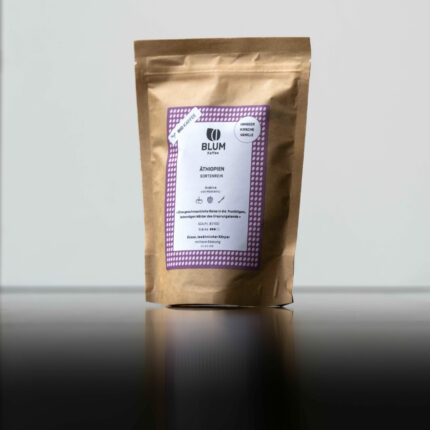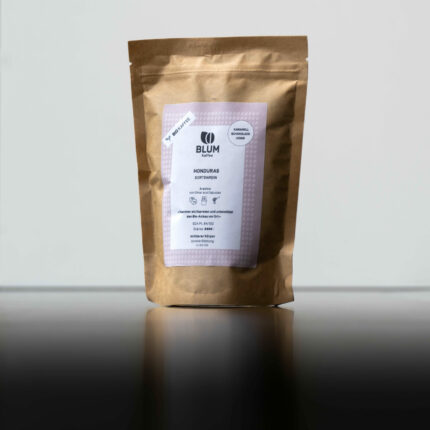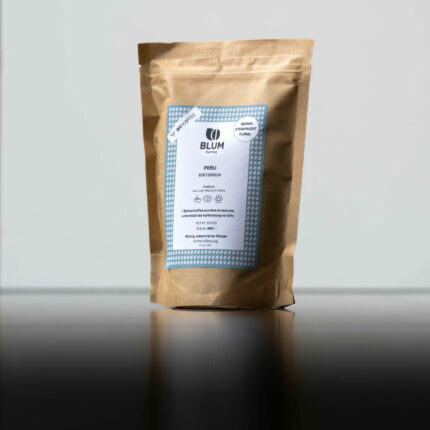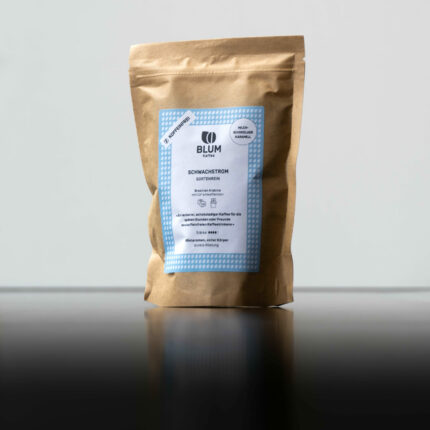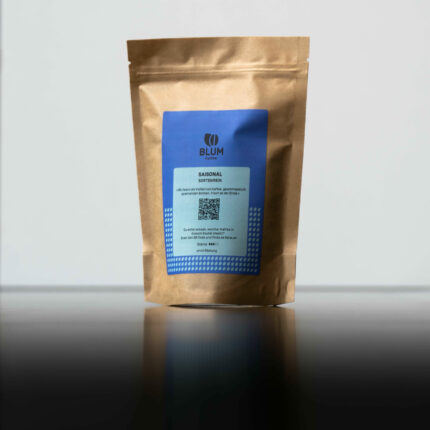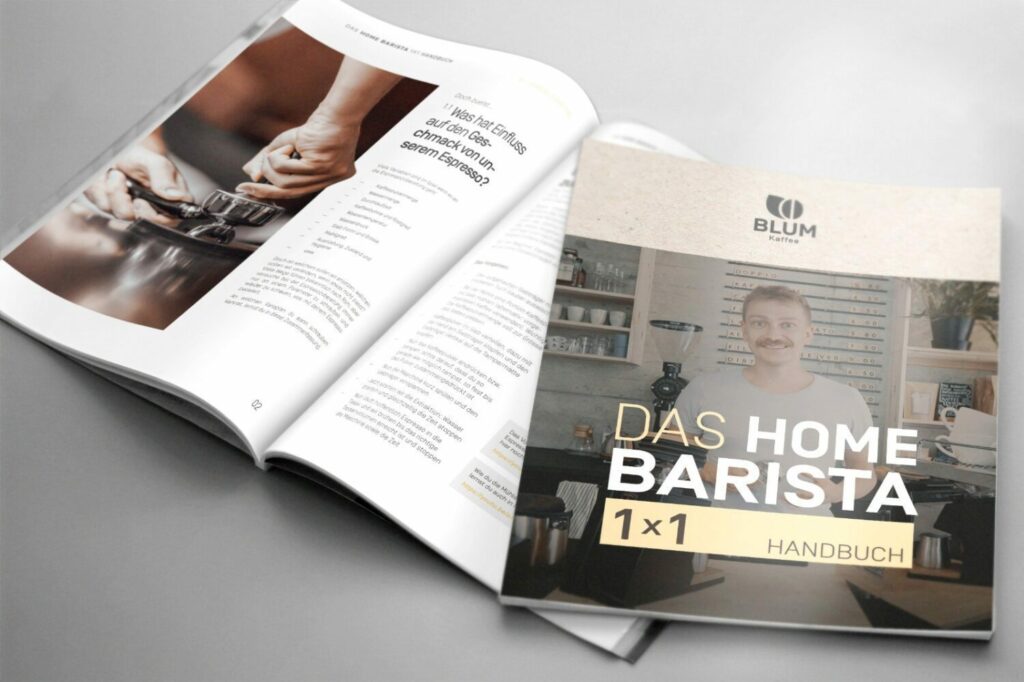Espressobeans: Intense Flavors Await!
Explore our collection of coffee beans tailored for perfect espresso preparation. Whether you prefer Italian, chocolatey, or fruity notes, our espressobeans offer the finest selection! If you’re after rich aromas, a luscious crema, and unparalleled taste, you’ve come to the right place.
Showing all 8 results
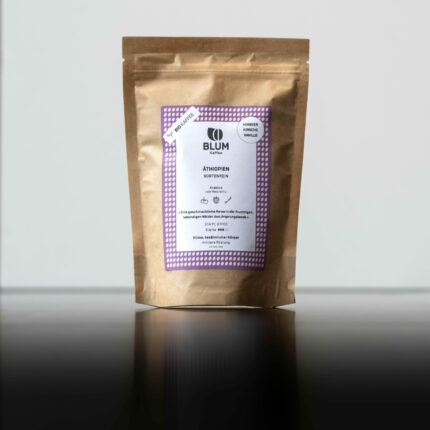
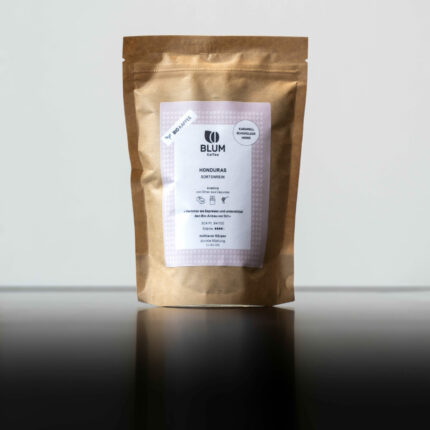

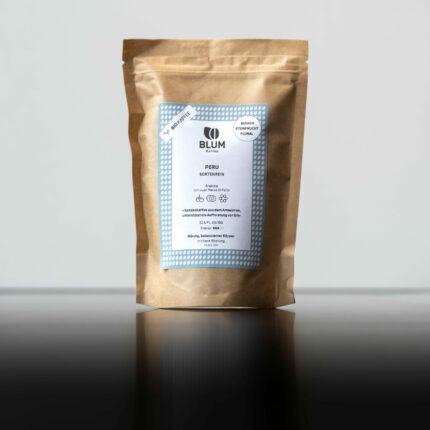
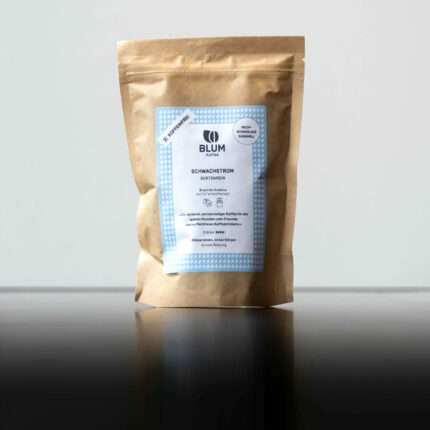
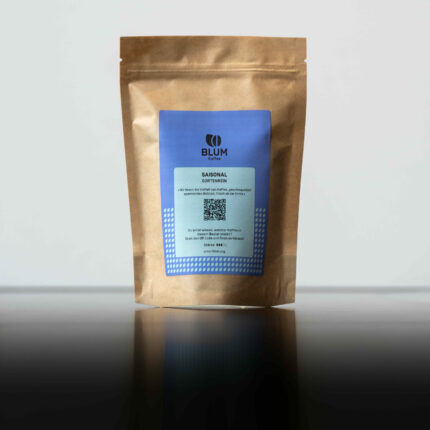
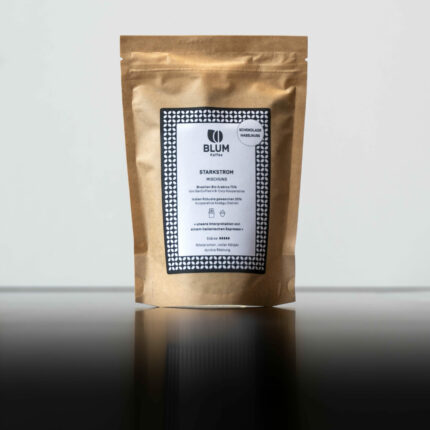
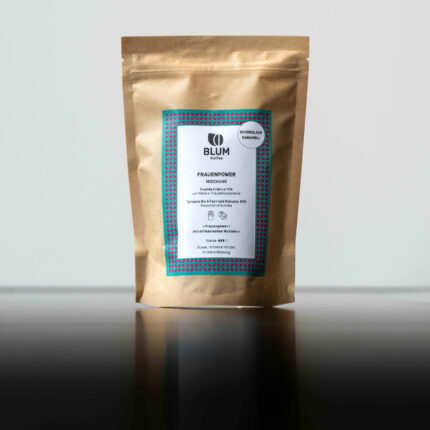
What's the difference between Espresso, Ristretto and Lungo and which espressobeans are sutable?
Ristretto, also known as Cafe Serre in Italy, is shorter, more intense, and stronger than espresso. With more body and less bitterness, it is significantly more robust. In the 1980s, Ristretto experienced a surge in popularity, particularly in the United States and Australia, where dark roasts from industrial beans perfectly suited the Ristretto brewing method. Espresso is the most well-known form of coffee preparation. With a brew ratio of 1:2, 20g of coffee grounds produces an espresso with a volume of 40g. Espresso has a rich, robust body and a strong concentration, making it ideal for milk-based drinks. The coffee bean can have subtle acidity, as the brewing process is not as extremely "sour." Lungo is an extended espresso, using twice as much water as espresso. This results in a less intense but still more bitter drink. Unlike the Americano, all the brewing water passes through the coffee bed. Lungo is perfect for enthusiasts who enjoy more than just a sip.
In this video we compare those three coffee drinks:
Which grind for espressobeans?
For espressobeans, we use a fine grind. The right grind size is crucial for the extraction and aroma of your espresso. When using a portafilter espresso machine, consider the following guidelines to find the perfect grind size:
Use 17-20g of finely ground coffee for your portafilter espresso in the double basket. The extraction time should be around 25-30 seconds, producing 40-50ml of espresso. If the extraction takes too long, the grind size was too fine. If the espresso flows in under 25 seconds from your coffee machine, the grind size was too coarse.
A perfectly adjusted grind size allows the espresso to first drip slowly from the portafilter and then flow evenly into the cup. The color of the espresso exhibits a variety of brown tones, while an optimal crema is recognizable by its dense structure and golden-brown color. Ideally, a pattern known as “tiger stripes” even forms on the espresso.
The theory may sound simple, but small errors like an incorrect grind size can lead to undesired taste results. If the grind size is not set correctly, the coffee can be over- or under-extracted, resulting in a bitter or sour taste. Coffee enthusiasts refer to this as over- or under-extraction.
We show you step by step how to find the perfect grind size in this YouTube video.
How much coffee powder for Espresso?
An espresso recipe includes a brewing ratio of 18g to 20g of ground espresso coffee beans to 40g to 50g of water for a double espresso in the cup.
With the single basket, this translates to 8-10g of coffee for 20-25g of espresso in the cup.
Pay attention to your basket; often, the sides are labeled with the optimal amount of coffee.
Which espressobeans are sutable for Espresso?
For Espressos best suited are espressobeans with a dark roast, as they are more intense and bitter. Popular varieties for espresso include Arabica and Robusta beans, which contribute to a rich crema and a bold flavor.
Medium and lighter roasts as espresso beans have a more pronounced acidity and sweetness, making them especially suitable for preparing beverages like Cappuccino, Americano, Cortado, Latte Macchiato, Flat White, Espresso Macchiato, or for those who enjoy a fruity espresso!
Should I stir the espresso before drinking?
What is "Crema" on top of the Espresso?
Crema is the foam that forms on the surface of an espresso. It is created by the high pressure during coffee extraction and is an indicator of the quality and freshness of the coffee. Good crema should be thick, creamy, and have a light brown color.
How to make espresso without a machine?
If you don’t have a portafilter machine or automatic espresso maker at hand or want to brew espresso on the go, using a stovetop espresso maker like the Bialetti is a great option.
The Bialetti espresso maker is highly popular for brewing coffee at home or on the go, even on camping trips! Although it doesn’t technically produce espresso, it leans more towards a Café Crème or Americano in terms of strength. Specifically, the Moka pot is not an espresso maker but a coffee maker. In Italy, it’s also known as Caffettiera. The reason is that the Moka pot operates at a maximum pressure of 2.5 bars.
However, there’s a challenge: The Bialetti espresso maker brews the coffee too hot, leading to over-extraction! The result in the cup can quickly turn bitter. Nevertheless, with the right brewing technique, it’s still possible to make excellent coffee. Find out how in this YouTube video:


